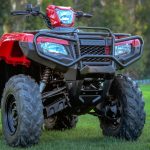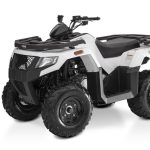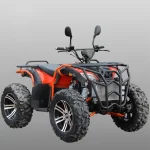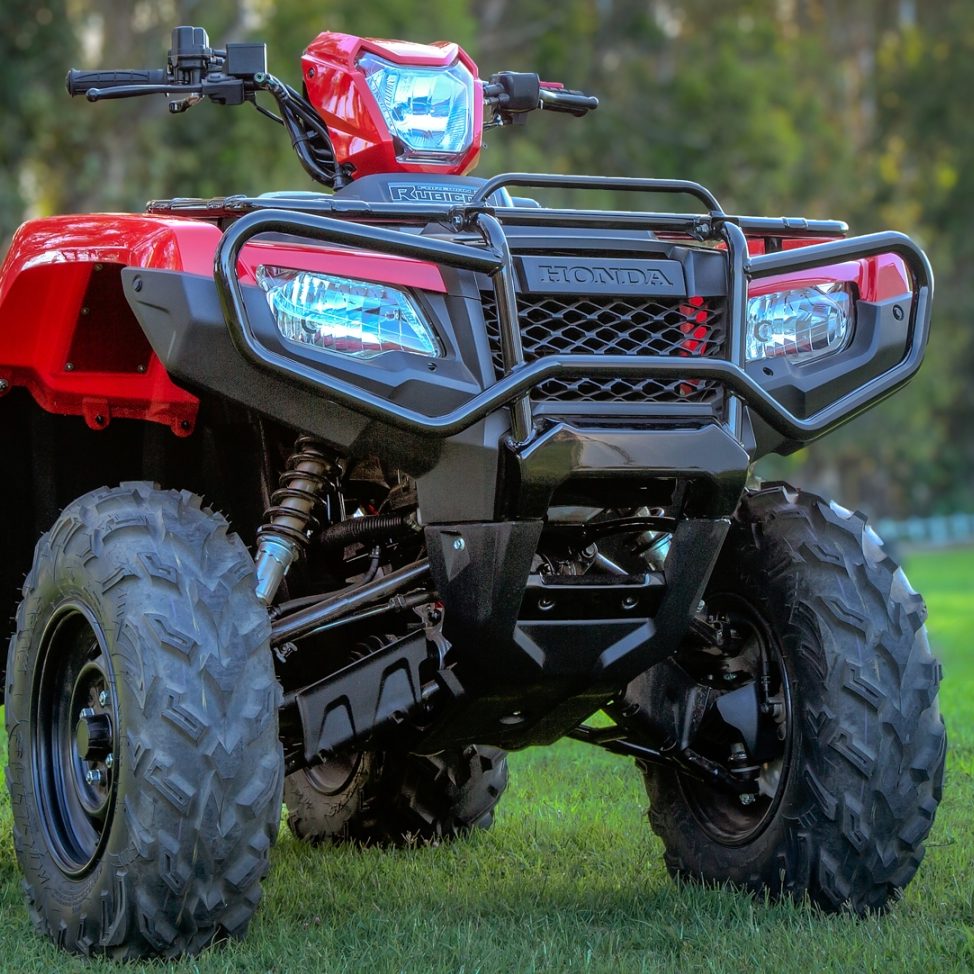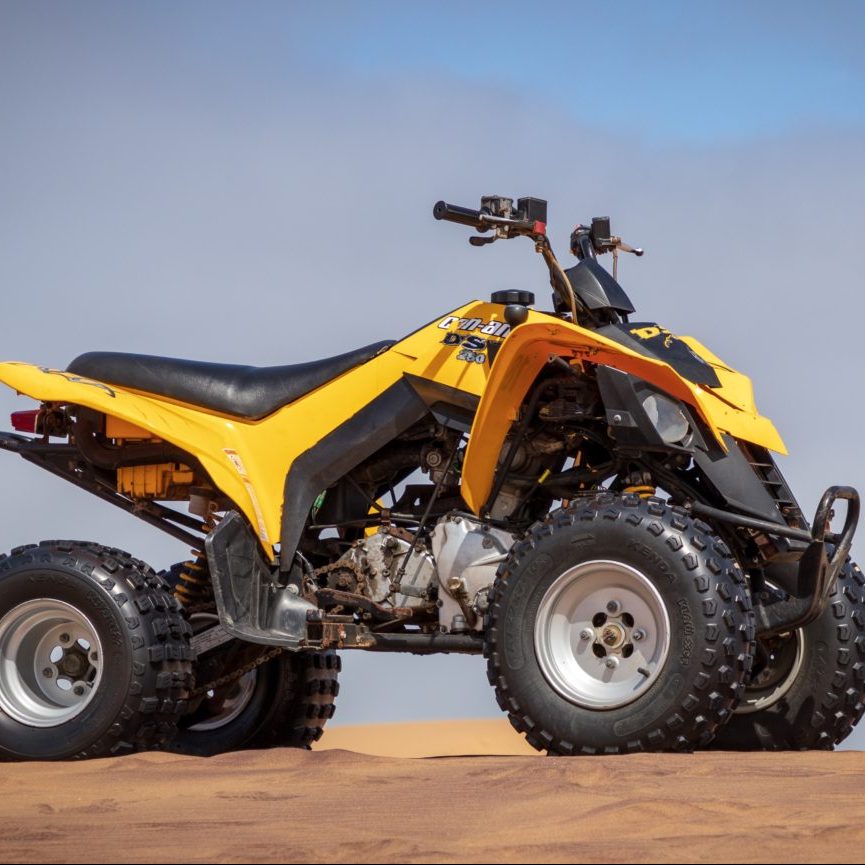Introduction to Off-Road Vehicles
Thrill-seekers and adventurers often turn to off-road vehicles for their outdoor escapades. These rugged machines tackle diverse terrains, from rocky paths to muddy tracks. Two popular choices are atv vs 4 wheeler, each with unique attributes suitable for different off-roading experiences. Understanding the differences between them can help you select the perfect ride for your next adventure.
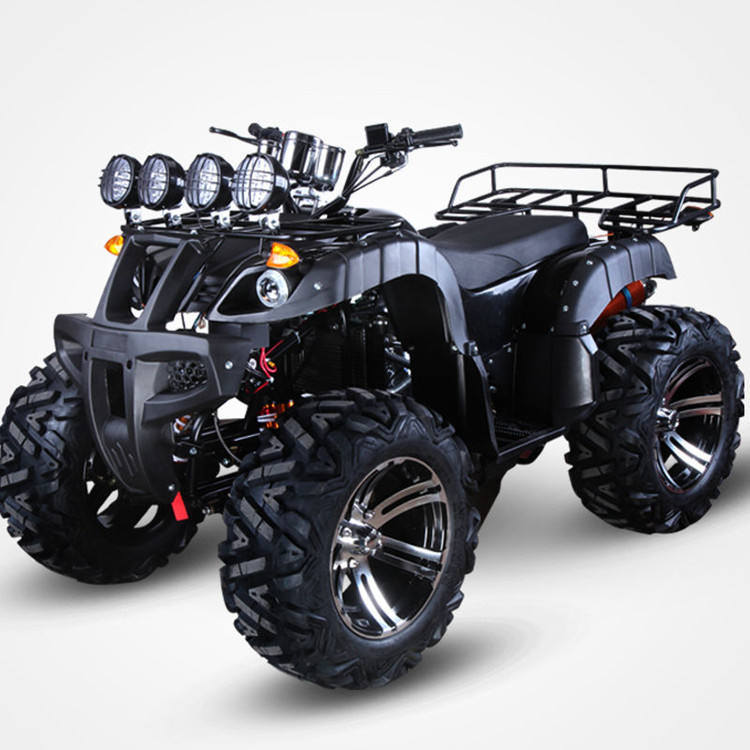
Brief Overview of ATVs and 4-Wheelers
ATVs, short for all-terrain vehicles, are versatile and can maneuver through various landscapes. These vehicles typically have three or more wheels and are designed for a broad range of activities. They’re great for both work and play.
4-Wheelers are ATVs with a defining feature – they boast a four-wheel drive system. This setup powers all four wheels, offering better traction in challenging conditions. 4-Wheelers are often the go-to for serious off-road enthusiasts who need extra grip and stability.
Understanding ATVs
Characteristics of ATVs
ATVs, or All-Terrain Vehicles, are known for their capability to handle a multitude of terrains. They are equipped with large, durable tires that promote stability and ease of movement through rocky, sandy, or muddy paths. Typically designed with three or more wheels, ATVs are versatile vehicles that cater to both recreational and practical uses. Their robust construction and powerful engines allow for high performance under various outdoor conditions.
Popular Uses of ATVs
ATVs are immensely popular for both work-related tasks and leisure activities. In rural areas, they are often used for farm work, such as transporting supplies across vast fields. For adventure seekers, ATVs serve as an exhilarating means of exploring off-road trails and rugged landscapes. They are also frequently utilized in search and rescue operations due to their ability to navigate through challenging terrains that are usually inaccessible to most vehicles.
What is a 4-Wheeler?
A 4-Wheeler stands out with its four-wheel drive system. It powers all wheels, enhancing traction and control. This feature makes 4-Wheelers a top choice for extreme off-roading. They tackle tough conditions like ice, snow and deep mud. Often heavier and more robust, these vehicles handle work tasks and adventurous explorations with ease.
Definition and Key Features
4-Wheelers are ATVs with a distinct four-wheel drive. Such vehicles offer more grip on slippery surfaces. Key features include a sturdy build, higher ground clearance, and all-wheel drive. These elements contribute to superior off-road performance and durability in rough terrains.
Comparing 4-Wheelers to other Off-Road Vehicles
Compared to standard ATVs, 4-Wheelers possess better off-road capabilities thanks to the 4×4 system. While ATVs fit a range of uses, 4-Wheelers lean towards more challenging off-road tasks. They often come with enhanced features for comfort and heavy-duty use. In contrast, quads and ATVs may lack the four-wheel drive, affecting their performance in extreme environments.
Key Differences Between ATVs and 4-Wheelers
When selecting an off-road vehicle, understanding the key differences between ATVs and 4-Wheelers is crucial. These differences influence their performance, safety, and suitability for various terrains and activities.
Performance and Terrain Handling
ATVs are versatile machines that do well on many surfaces. They can move swiftly on sand, rocks, or mud. They have large tires which help them to adjust to different terrains. On the other hand, 4-Wheelers shine with their four-wheel drive. This gives them an edge over tough landscapes. They handle ice, snow, and deep mud better than most. With power on all wheels, 4-Wheelers get more control and may not get stuck easily.
Stability and Safety Features
Safety is a top concern when off-roading. ATVs are designed for stability but may have risks if not used right. They usually come with a seat that riders straddle, similar to a bike. This design can lead to tips or rolls if not careful. 4-Wheelers boast improved safety thanks to their 4×4 drive. This means all four wheels work together to keep the vehicle steady. They handle slopes and uneven ground better, reducing the chance of accidents. Their build is also generally more robust, helping in keeping riders safe.
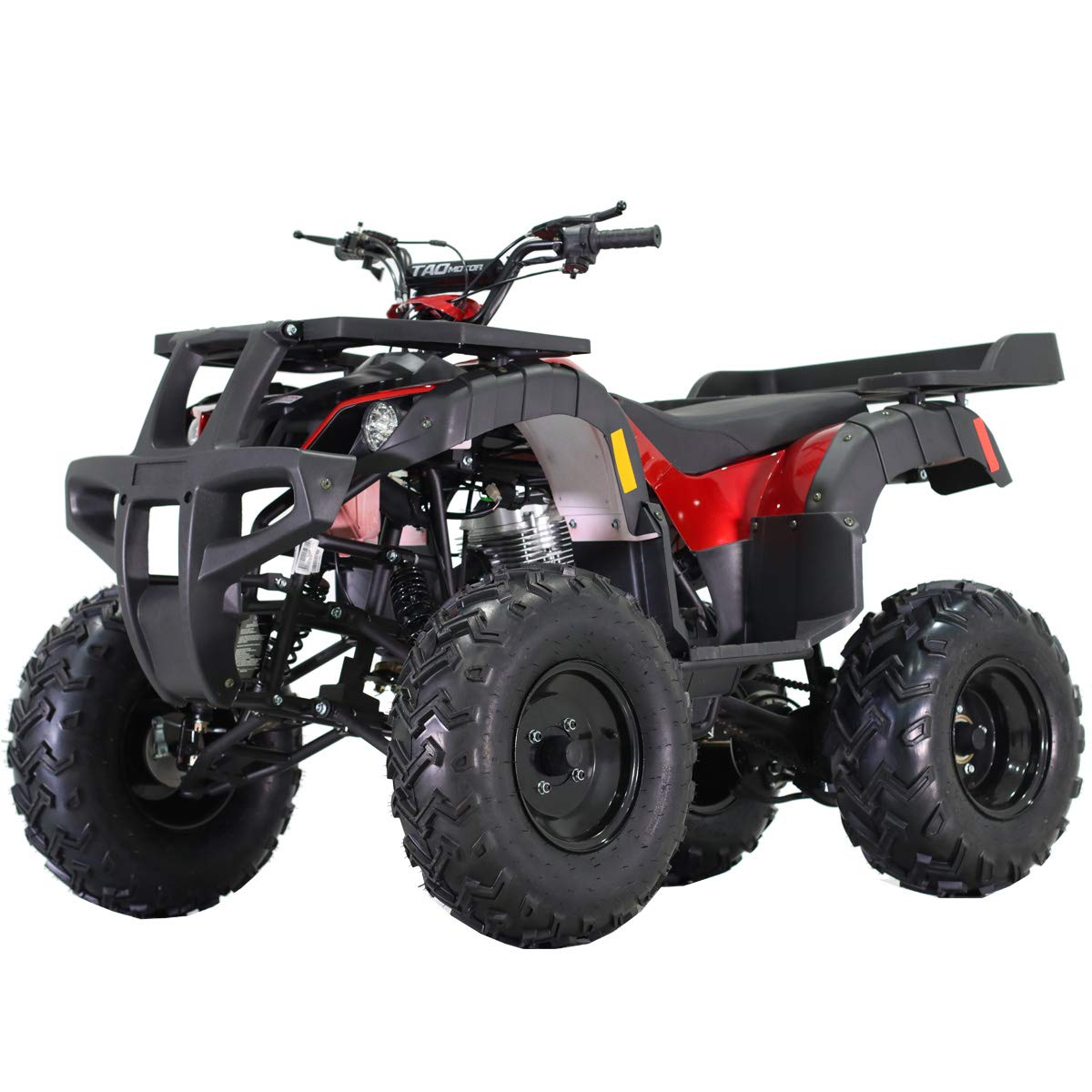 Choosing the Right Vehicle for Your Needs
Choosing the Right Vehicle for Your Needs
Factors to Consider for ATVs
Choosing the right ATV involves several factors:
- Purpose: Determine if you need the ATV for leisure, work, or both. This influences your choice.
- Terrain: Consider the types of terrain you will navigate. Ensure the ATV can handle it.
- Comfort: Since ATVs see varied use, comfort becomes important, especially for longer rides.
- Budget: Set a budget as ATVs vary widely in price. Stick to it while shopping.
- Safety Features: Check for essential safety features like better suspension and effective brakes.
Factors to Consider for 4-Wheelers
When selecting a 4-Wheeler, these factors are crucial:
- Terrain Capability: 4-Wheelers excel in tough terrains like mud or snow. Check terrain compatibility.
- Durability: Look for robust construction that withstands harsh conditions.
- Power Needs: Consider the power requirements. More challenging tasks need more powerful 4-Wheelers.
- Maintenance: Understand the maintenance complexity. Factor in potential repair and upkeep costs.
- Traction and Safety: Prioritize models with superior traction and comprehensive safety features to prevent accidents.
Maintenance and Upkeep
Proper maintenance is key to prolonging the life of any off-road vehicle. This section explores essential steps for maintaining ATVs and 4-Wheelers.
Routine Checks and Service for ATVs
For ATVs, routine checks can prevent many issues. Look for simple tasks that you can do regularly. Check tire pressure, oil levels, brakes, and filters often. Before each ride, inspect the vehicle’s overall condition. Look out for leaks and wear on tires and brake pads. Regular service, such as changing the oil and cleaning the air filter, keeps the ATV running smoothly.
Handling Repairs and Maintenance for 4-Wheelers
4-Wheelers require special attention due to their complex systems. Follow the manufacturer’s maintenance schedule. This includes fluid changes, tire rotations, and checking the 4×4 drive system. Stay alert to any new noises or changes in performance. These could signal that the vehicle needs a repair. Always use quality parts for replacements. If unsure about handling a repair, seek help from a professional mechanic.
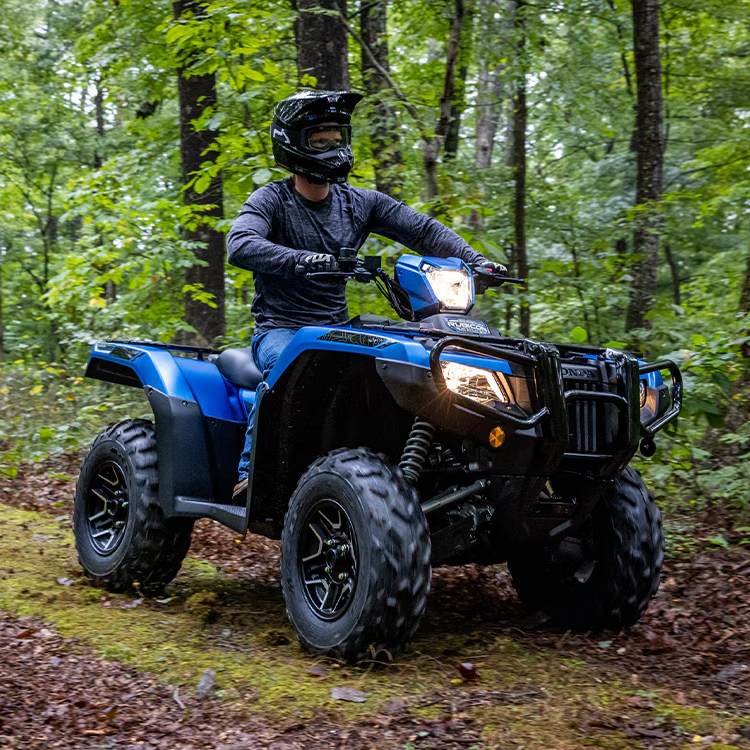 Conclusion
Conclusion
Navigating the world of off-road vehicles like ATVs and 4-Wheelers can be complex. It’s crucial to understand the key differences and assess your needs carefully.
Recommendations for Potential Buyers
- Assess Your Needs: Clearly define what you expect from your off-road vehicle. Consider your regular terrain and usage frequency.
- Research: Spend time researching different models and their capabilities. Reviews and user feedback can provide invaluable insights.
- Test Drive: If possible, test drive models you’re interested in. This helps gauge performance and comfort.
- Budget Wisely: Determine your budget and stick to it. Keep in mind long-term maintenance costs as well.
- Safety First: Opt for vehicles with robust safety features. These are crucial for preventing accidents during off-road adventures.
ATV vs 4 Wheeler
In the comparison of ATV vs 4 Wheeler, both vehicles offer unique advantages tailored to different preferences and needs. ATVs are ideal for those seeking versatility, affordability, and agility, making them suitable for both work and sport applications. Meanwhile, 4 Wheelers provide enhanced stability, power, and comfort, making them a better fit for recreational activities and tasks requiring greater load capacity.
Ultimately, the choice between an ATV and a 4 Wheeler depends on your specific requirements, budget, and intended use. By understanding the differences and similarities outlined in this guide, you can make a well-informed decision that aligns with your off-road adventures and practical needs.

